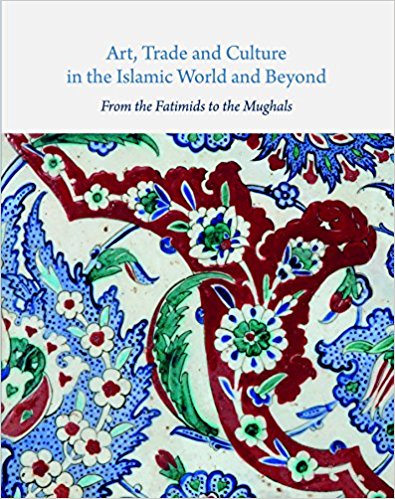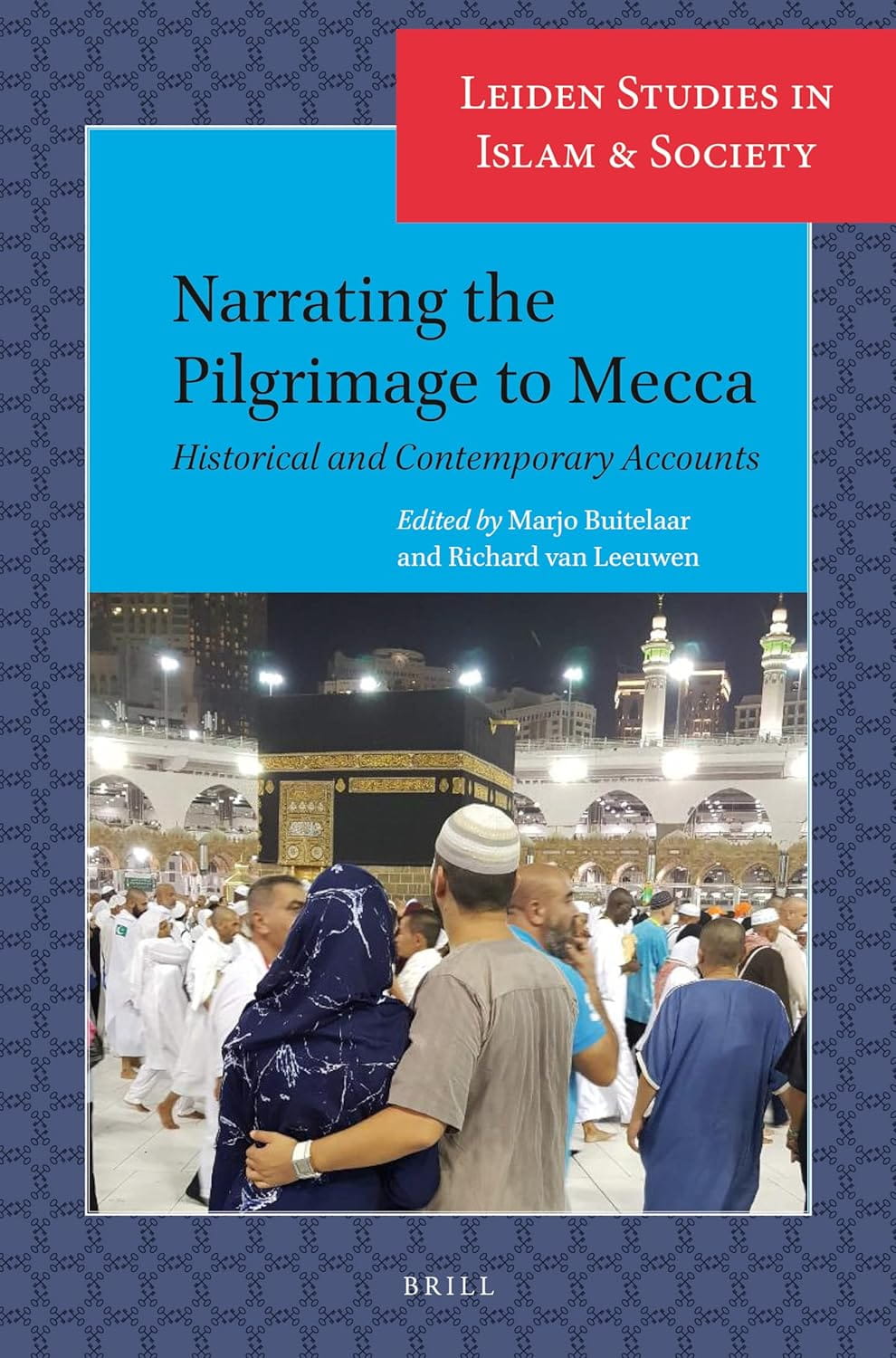
Art, Trade and Culture in the Islamic World and Beyond: From the Fatimids to the Mughals
Lee Lawrence
Alison Ohta, J.M. Rogers and Rosalid Wade Haddon, eds.
2016, Gingko Library, 978-1-90994-290-5, $85 hb.
This compendium of 23 essays is dedicated to Doris Behrens-Abouseif, who retired from the Khalili Chair of Islamic Art and Archaeology at SOAS, University of London, in 2014. The range and depth of the contributions are a fitting tribute. The essays are grouped by medium: metalwork, architecture, ceramics, books, art and painting, and material culture, the latter focsing on motifs and techniques. Some examine such over-looked pieces as a damaged 13th-century pen box whose decoration Moya Carey ties to the Mosul court, or Chinese-style ceramics from the late 18th to the mid-19th cdntury that George Manginis traces to Armenian traders in India. Others bring new insights to famous works and sites, and many draw unexpected connections. Jeremy Johns, for example, argues that artisans from Fatimid Cairo carved the ceiling of Palermo's Cappella Palatina in the 1130 and '40s, then traveled to Constantinople to work on a hall in the Great Palace.
You may also be interested in...

Essays Unpack the Evolving Hajj and Umrah Experience
This volume of essays juxtaposes historical first-hand narratives of Hajj and Umrah journeys with oral interviews of contemporary pilgrims to show the transformative power of storytelling..png?cx=0.44&cy=0.65&cw=382&ch=487.6595744680851)
Zeina Abirached’s Art Uncovers Urgency of Wisdom in Gibran’s The Prophet
Kahlil Gibran’s 1923 classic is given new life, as Abirached’s graphic novel blends Lebanese artistry with the late author’s timeless wisdom.